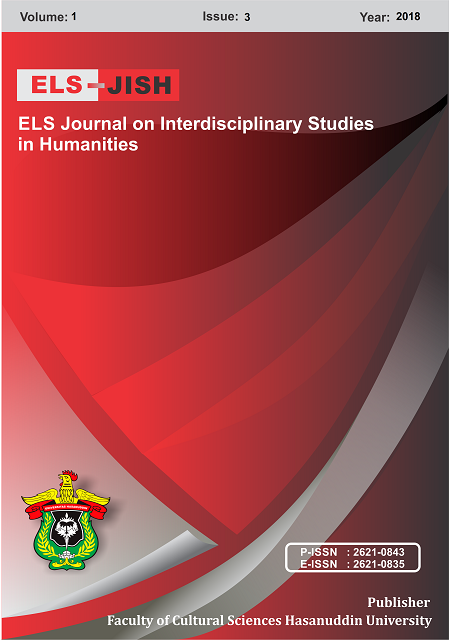The Students' Perceptions of Creating Videos to Engage Them in Speaking
DOI:
https://doi.org/10.34050/els-jish.v1i3.4757Keywords:
speaking, perceptions, creating videosAbstract
This research investigates the students’ perceptions of creating videos to engage them in speaking. This research employed a descriptive method. The population of this research was the third year students of Social Program of SMAN 1 Soppeng in the academic year 2017/2018. This research used purposive sampling, taking XII IPS 1 totaling 25 students as the sample. The instruments of this research were questionnaire and interview. The results of this research showed that creating videos has many advantages in engaging the students to speak English. Recording the conversation or dialogue is a fun activity for them although they feel nervous for the first few minutes, a few minutes later, they feel very much enjoying recording their activities and performance with their friends. Creating videos seems to be interesting and motivating the students to speak fluently. The students stated that they can see their expressions, gestures, and their mistakes by replaying their videos, so it will make them aware of their weakness and their mistakes. It creates self-learning and self-evaluation for the students. It makes the students motivated to improve their speaking skills. Thus, it is concluded that the students have positive perceptions on the effectiveness of creating videos in engaging them to speak English.






